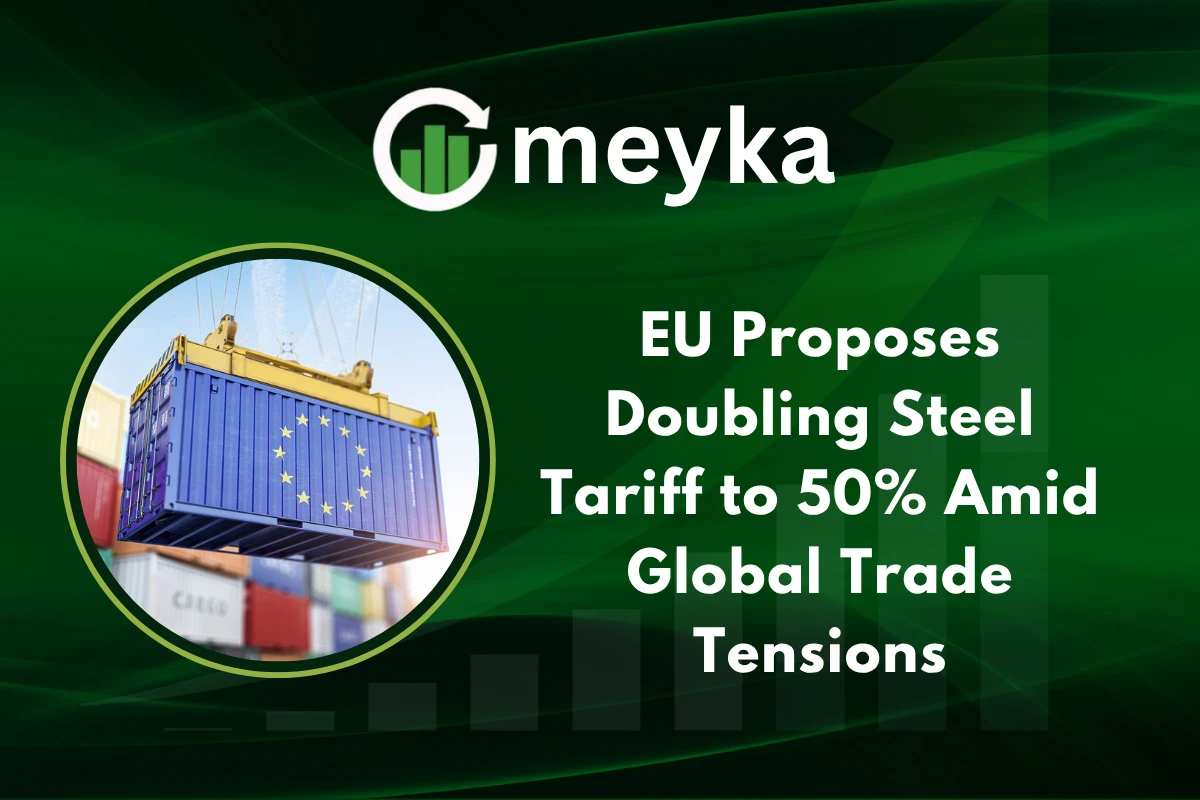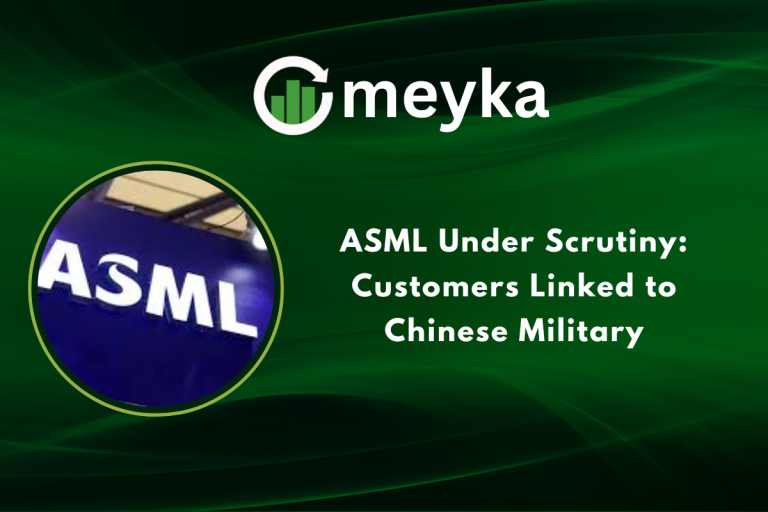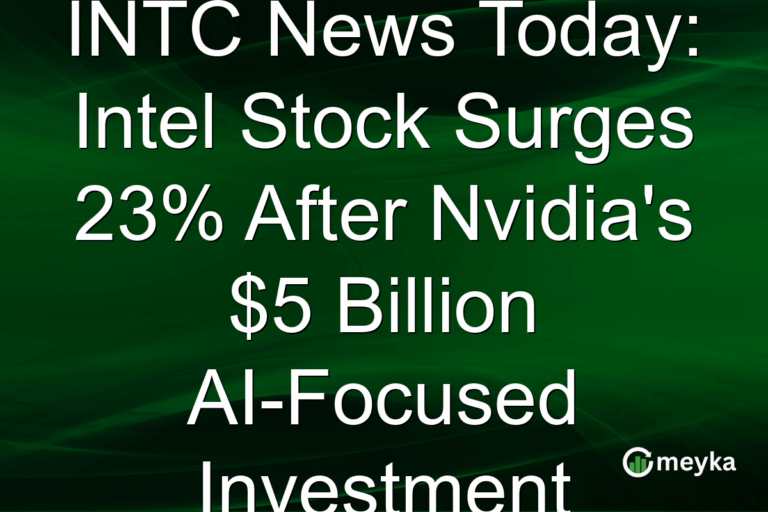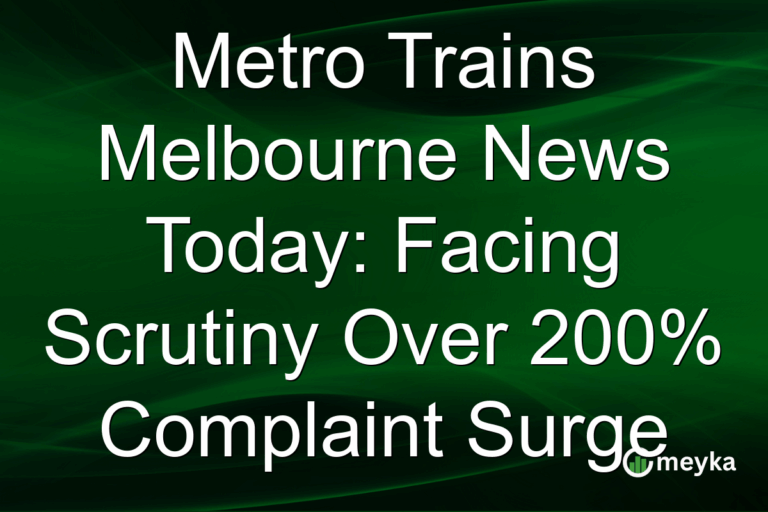EU Proposes Doubling Steel Tariff to 50% Amid Global Trade Tensions
The European Union has proposed a major change to its trade defence policy: doubling the Steel Tariff to 50 percent. The move replaces earlier quota limits and aims to protect Europe’s steelmakers from cheap imports and global overcapacity.
Supporters say it shields jobs and local industry, critics warn it risks retaliation and higher costs for manufacturers and consumers. The proposal has stirred debate across trade, industry, and political circles.
Steel Tariff: From 25 Percent to 50 Percent Explained
What the proposal would do
Under the new plan, the EU would hike the existing protection on certain steel imports to a 50 percent tariff, up from an average of around the mid-20s in recent measures. The change would largely replace a quota system that limited volumes with a broader tariff to discourage dumping and sudden surges in imports.
Why this matter? A higher Steel Tariff directly raises the price of imported steel. That protects domestic mills from low-priced competition, but it also raises costs for industries that use steel, such as construction, auto, and machinery.
Timeline for implementation and policy shift
Officials say the tariff proposal is intended to move quickly through EU procedures, subject to member state review and legislative approval. If approved, implementation could begin in months, with transitional arrangements for imports already in transit.
Why Is the EU Raising the Steel Tariff?
Global overcapacity concerns
Europe argues that global steel overcapacity, particularly from large exporters, has depressed prices and unfairly pressured domestic producers.
Analysts point to sustained excess production in some countries as a structural problem that harms global pricing dynamics. Raising the Steel Tariff is intended to curb sudden import surges that harm EU mills.
Why is the EU doubling the Steel Tariff now? Policymakers say global supply and competitive pressures are damaging the local industry, and past quotas are no longer enough.
Protecting Europe’s domestic steel industry
EU leaders framed the tariff as a measure to protect jobs and investment. Steelworkers and plant managers have warned about closures and layoffs when cheap imports flood markets. The tariff aims to give domestic firms breathing space to invest in cleaner, higher-value production.
Impact of Steel Tariff on European Businesses
Pressure on manufacturing and construction
A key trade-off is clear. While steel producers may benefit, manufacturers that buy steel will face higher input costs. That can translate into higher prices for cars, appliances, and infrastructure projects, and may slow industrial expansion. Economists warn that increased costs could ripple through supply chains.
How will businesses react? Some firms may seek local suppliers, redesign products to use less steel, or pass costs to customers. Others could face margin pressure, especially across sectors with thin profits.
Reactions from steelworkers and industry groups
Worker groups and unions largely welcomed the move as protection for jobs. Industry associations, however, are split: steel unions see a lifeline, while manufacturing groups ask for safeguards to prevent serious cost shocks. Euronews reported workers’ appreciation, while some trade organisations urged careful calibration.
Global Trade Implications of a Higher Steel Tariff
Tensions with major exporters like China and India
A sharp tariff rise will not go unnoticed by major steel exporters. Countries such as China and India could protest and might retaliate in other trade areas. Observers warn of a tit-for-tat cycle that could spill into other industries.
Could this lead to a trade war? Yes, it raises the risk. Tariff hikes often prompt retaliatory steps, making broader trade relations more tense.
Possible World Trade Organization challenges
Exporting countries could challenge the new tariff at the World Trade Organization, claiming the measure violates trade rules. The EU will likely argue the tariff is a legitimate defence against dumping and injury, but legal disputes can be lengthy and costly.
Political Reactions to the EU’s Steel Tariff Proposal
Support from protectionists in the EU
Political factions favouring stronger industrial policy praised the plan. They argue the EU must be tough to secure green investments and strategic jobs in heavy industry. Supporters see the steel tariff as a tool to back the domestic transition to cleaner production.
Criticism from free trade advocates
Free trade voices warned that the tariff risks weakening EU competitiveness and raising inflation. Some economists argue that targeted measures or negotiated sectoral solutions would be better than blanket tariffs. Critics call for precise safeguards so that vital downstream industries are not collateral damage.
Public and Social Media Reactions to Steel Tariff
Tweets reflecting industry concerns
Social media showed strong reactions. Industry commentators flagged supply-chain pain and consumer price risks. Labour and union accounts praised the job protection angle. The debate underscores how trade policy quickly becomes a public conversation about jobs, prices, and national strategy.
Public discussion around jobs and prices
For many voters, the choice is stark: protect local jobs now, or risk higher consumer prices later. The political calculus will shape member state support in the weeks ahead. Local impact studies and rapid dialogue with industry will likely shape any final design.
The Future Outlook for Steel Tariff and Trade Policy
Long-term protectionism in Europe?
If approved, the tariff could signal a broader shift toward selective protectionism for strategic sectors. The EU may combine tariffs with incentives for green investment and reshoring critical supply chains. This could reshape industrial policy debates for years. (Bloomberg.)
Risks of escalating global trade wars
While the tariff aims to defend industry, the risk of escalation and retaliation is real. Firms that depend on global inputs may face higher costs. In a divided global economy, the EU will have to weigh the benefits of protection against the costs of fracturing trade ties.
Will the Steel Tariff stay at 50% long-term? That depends on outcomes. If tariffs lead to domestic investment and controlled prices, they may last; if damage to downstream industries is large, policymakers may adjust.
Conclusion
The proposed Steel Tariff hike to 50 percent is a bold move by the European Union to shield its steel sector from cheap imports and structural overcapacity. It reflects a shift in priorities: defending strategic industry and jobs while pushing for cleaner, higher-value production.
Yet the policy carries real risks, from higher manufacturing costs to possible trade retaliation and WTO disputes. Policymakers must balance short-term protection with long-term competitiveness and design safeguards for industries that rely on affordable steel.
As debate unfolds in capitals and Brussels, businesses and workers will watch closely, because the final decision will shape Europe’s industry and trade relationships for years to come.
FAQ’S
The EU raised the Steel Tariff to protect domestic producers from cheap imports and global overcapacity that threaten European steel jobs.
A higher Steel Tariff may increase costs for manufacturers, which can lead to higher prices for cars, appliances, and construction materials.
Domestic steelmakers and workers benefit as the Steel Tariff reduces pressure from imports, giving local firms more room to grow.
Yes, raising the Steel Tariff could trigger retaliation from major exporters like China and India, escalating global trade tensions.
The new Steel Tariff may stay in place if it helps secure domestic industry, but EU officials could adjust it if it harms other sectors.
Disclaimer
This content is made for learning only. It is not meant to give financial advice. Always check the facts yourself. Financial decisions need detailed research.






